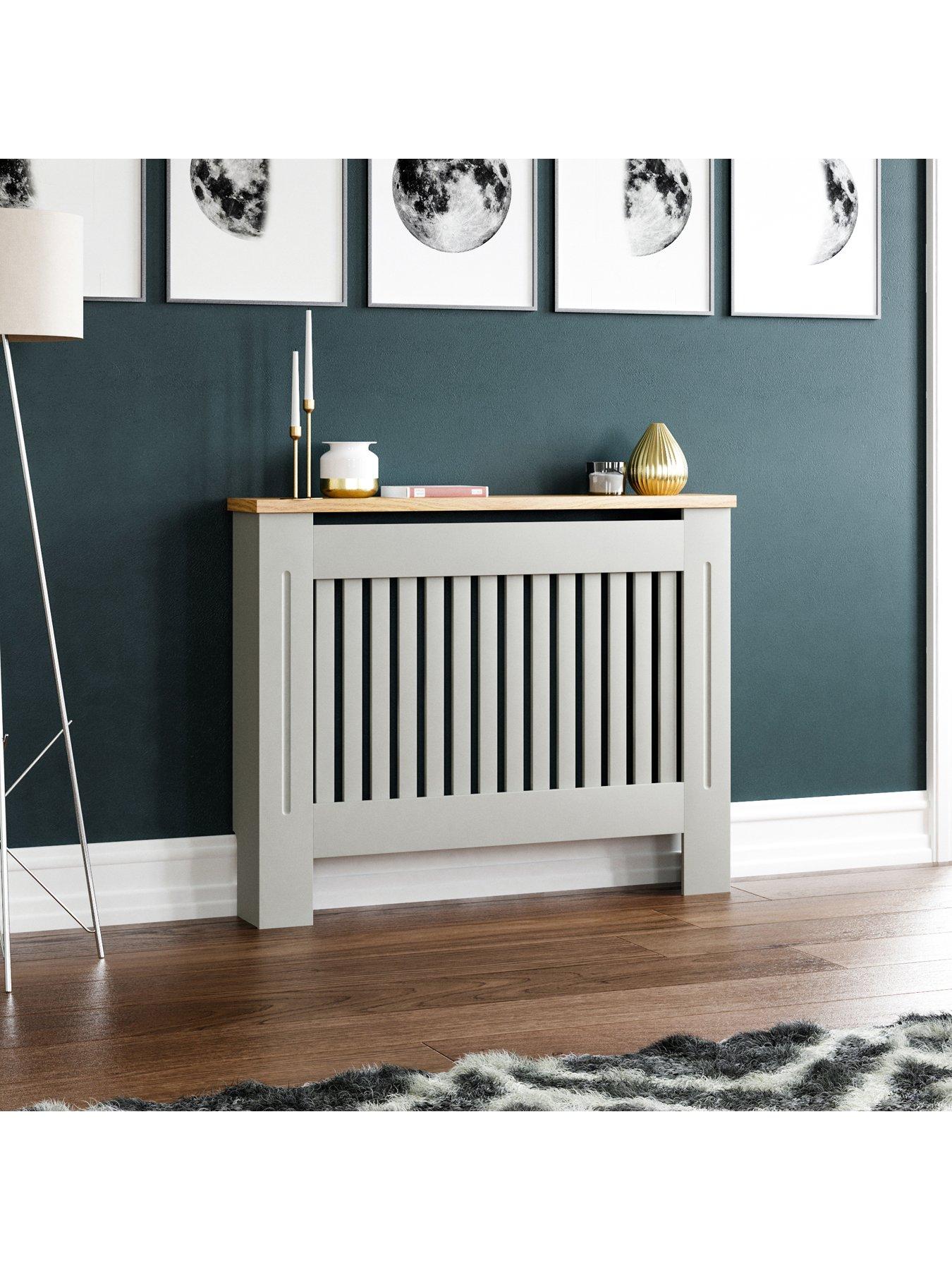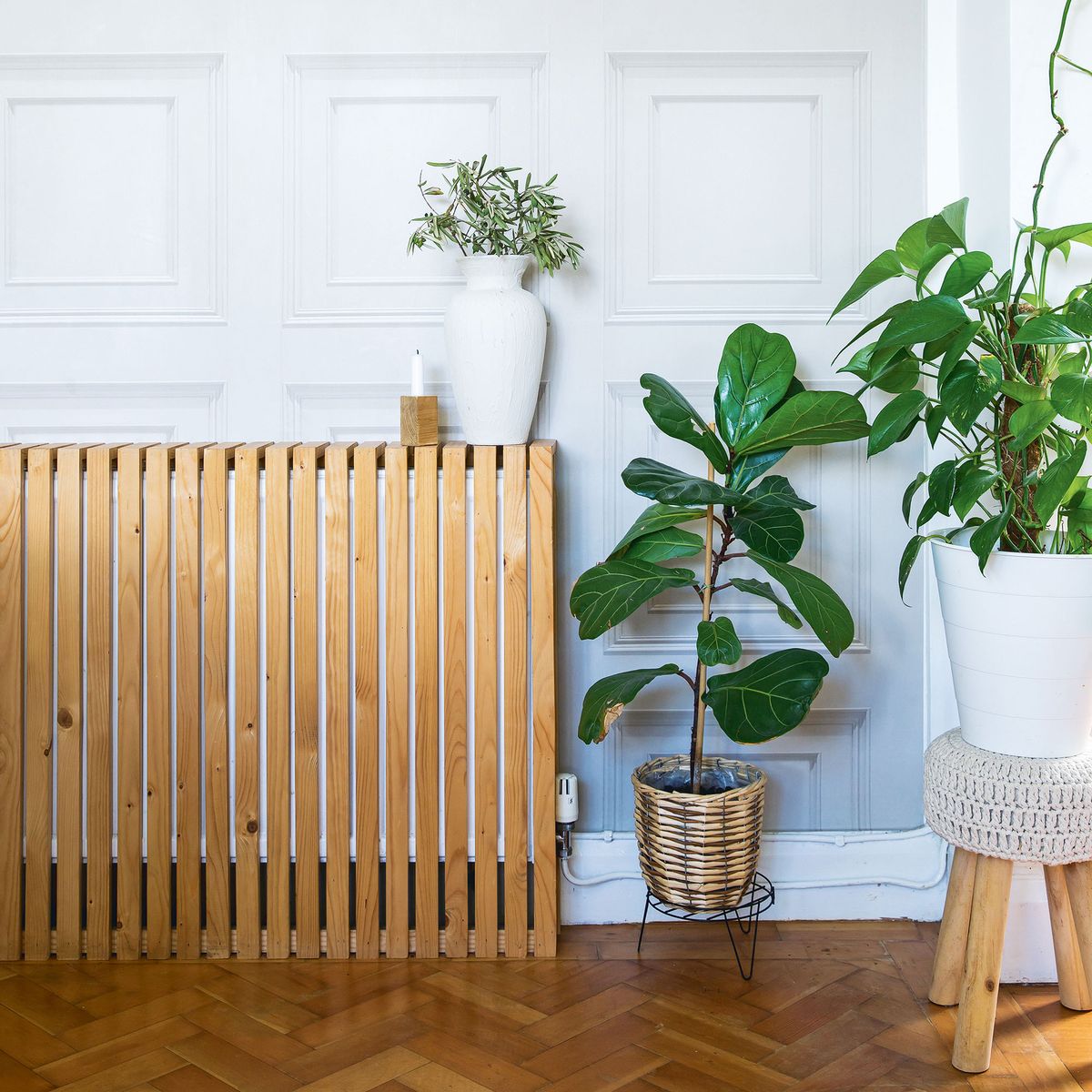Why Every Home Demands a Radiator Cover for Improved Safety and Design
Why Every Home Demands a Radiator Cover for Improved Safety and Design
Blog Article
Radiator Covers: Comprehending Materials, Layouts, and Advantages
Radiator covers offer both aesthetic and practical objectives within a home, offering a series of products such as steel, hardwood, and mdf to match numerous design choices. As styles evolveâEUR" from conventional to contemporaryâEUR" these covers not just boost the visual charm of a space but additionally add to security and power performance. Nonetheless, choosing the ideal radiator cover includes comprehending the subtleties of materials, styles, and their associated advantages. This exploration elevates critical inquiries concerning exactly how these components integrate into your living atmosphere and what considerations must lead your selection procedure.
Kinds of Products


Wood covers, frequently crafted from hardwoods such as oak or maple, supply a traditional, cozy look that matches typical interiors. Their durability and capability to be discolored or painted add to their versatility. Metal covers, usually made from steel or light weight aluminum, are preferred for their effectiveness and contemporary appearance, commonly featuring streamlined lines that improve contemporary areas.
MDF, a produced timber item, is prominent for its cost-effectiveness and convenience of modification. It can be repainted or ended up to match existing decoration while supplying a smooth surface area. Plastic covers, while less typical, are resistant and lightweight to moisture, making them ideal for humid atmospheres.
Eventually, the selection of material for a radiator cover must line up with the homeowner's style choices, practical requirements, and the specific atmosphere where the cover will be mounted. Each material offers a distinct character, making certain that there is an alternative to fit every taste and setup.
Popular Design Styles
Stressing aesthetic charm, preferred style styles for radiator covers reflect a series of tastes and indoor design fads. Traditional layouts frequently include detailed woodwork and luxuriant outlining, making them appropriate for vintage-inspired or classic insides. These covers usually include carved aspects, providing a warm and inviting feeling to any kind of space.
In contrast, modern styles concentrate on minimal looks, defined by clean lines and downplayed beauty. Materials such as metal or sleek wood with a smooth surface are generally used, allowing these covers to blend flawlessly right into contemporary rooms. Industrial designs, on the other hand, welcome basic materials like exposed steel and concrete, including a vibrant statement to loft or city setups.
For those seeking an unique touch, bespoke designs use modification choices that provide to private preferences, enabling property owners to select colors, patterns, and products that complement their decor. In addition, farmhouse-style covers incorporate rustic aspects, including troubled timber and basic types that evoke a relaxing, nation charm.
Benefits of Radiator Covers
Radiator covers not only improve the visual allure of a room however likewise supply several useful benefits that make them a beneficial enhancement to any kind of home. Among the key advantages is safety, especially in families with pets or children. Covers decrease the danger of burns from hot radiator surfaces, making sure a more secure setting.
In addition, radiator covers can boost power performance. By routing warmth right into the area instead than permitting it to run away, they aid keep a regular temperature level, reducing heating prices over time. This is especially advantageous in older homes where radiator systems may be less efficient.
Another notable advantage is sound decrease. Radiators can sometimes generate undesirable noises during operation, and covers can help smother these sounds, adding to an extra calm living room. Furthermore, radiator covers can be practical, supplying extra storage or display space, therefore optimizing the energy of often-overlooked locations.
Last but not least, they can secure radiators from home dust and particles, which can hinder performance and boost maintenance requirements. With these combined advantages, radiator covers become a practical option for enhancing both the capability and style of any kind of home environment.
Installment Considerations
Mounting radiator covers needs mindful consideration to make certain both performance and safety and security (Radiator cover). Analyze the dimensions of your radiator and the surrounding room to ensure an appropriate fit. Accurate measurements are critical; an ill-fitting cover can block warmth flow or develop safety dangers
Following, assess the product of the cover. While timber offers visual allure, metal choices might offer much better resilience and warmth resistance. Consider the weight of the cover as well; larger covers may require additional assistance or reinforcements to avoid drooping or damages with time.
Ventilation is one more essential aspect. Covers should feature appropriate air movement to stop overheating and maintain efficient heating. Try to find styles with slats or openings that permit warmth to flow without blockage.
Additionally, ensure that the cover is securely mounted to stop mishaps, particularly in homes with kids or family pets. Radiator cover. It's advisable to follow the manufacturer's installation guidelines closely and, if needed, seek advice from an expert for complicated setups
Maintenance and Care Tips
Appropriate maintenance of radiator covers is vital for guaranteeing their long life and ideal performance. For painted or timber covers, think about a suitable gloss or protective finishing to maintain their look.
Check the covers periodically for indicators of wear or damages, such as cracks or peeling off paint. Addressing these issues immediately can stop additional degeneration. Make sure that the covers are safely secured and look for any kind of loosened screws or fittings, as resonances from the radiator can loosen them in time.
In colder months, stay clear of putting heavy things or attractive products on top of the radiator covers, as this can restrain warm distribution and create unneeded tension to the structure. Consider seasonal upkeep by removing the covers you could look here for complete cleansing and evaluation throughout warmer months when the heating system is inactive. Taking on these simple care suggestions will certainly boost the efficiency and aesthetic appeal of your radiator covers, ensuring they offer their objective properly for years to find.

Conclusion
In recap, radiator covers serve as aesthetic and practical improvements to domestic areas. Mindful consideration of installation and maintenance more makes certain the longevity and efficiency of radiator covers in any home atmosphere.
Radiator covers offer both useful and visual objectives within a home, supplying an array of products such as metal, wood, and mdf to suit various design preferences. Choosing published here the appropriate radiator cover includes understanding the subtleties of products, designs, and their associated benefits.Emphasizing aesthetic appeal, preferred layout styles for radiator covers mirror an array of preferences and indoor style patterns.Radiator covers not only improve the aesthetic appeal of a room but additionally supply numerous sensible advantages that make them a beneficial addition to any home. Think about the weight of the cover as well; much heavier covers may require added assistance or reinforcements to avoid drooping or damages over time.
Report this page